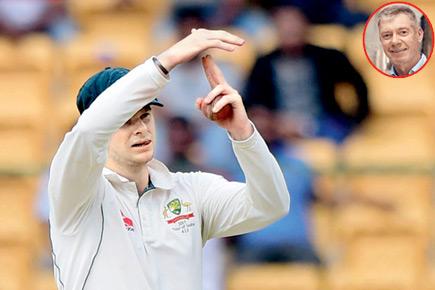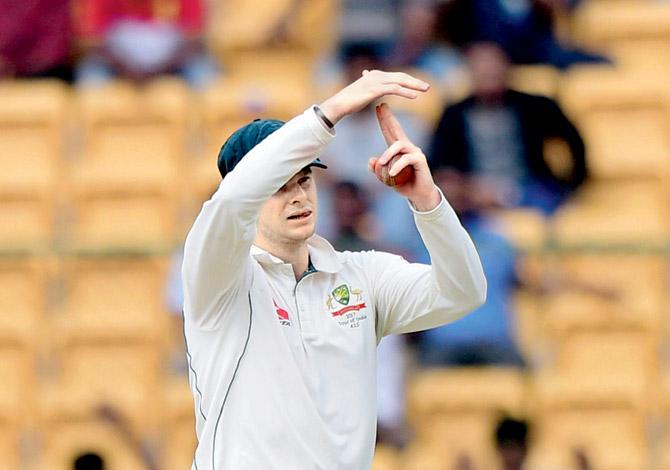Six reasons why Australia's 2003 & 2007 World Cup-winning coach John Buchanan is no fan of this type of technology in cricket

 Smith asks for a referral during the second India-Australia Test in Bangalore. Pic/AFP
Smith asks for a referral during the second India-Australia Test in Bangalore. Pic/AFP
ADVERTISEMENT
Player questioning the umpire's decision is totally against the spirit of the game, of sport, of life. What is constantly drummed into children by parents, teachers, elders? Always accept the umpire's decision.
If the Decision Review System (DRS) is to be used, then it should only be used between umpires on-ground and the designated third umpire watching replays off-field.
 John Buchanan
John Buchanan
DRS is not a universal technology. It is used in only those games which have access to broadcast coverage.
DRS is not consistent. It has not been proven that ball tracking and any of the other technology are 100 per cent accurate. In fact, I've yet to see actual proof that it takes umpires' decision making wicket to wicket from say 95 per cent accuracy to 100 per cent accuracy. If it does not conclusively improve the game, why have it? It is a major cost to the game which is ultimately passed on to consumers.
DRS is only straight line technology. As I have said, there is no proof that DRS is 100 per cent accurate and that is in a straight line down the wicket. Umpiring decisions are made away from the wicket with catches, run outs, slides in or over boundaries being reviewed by cameras which do not have sufficient shutter speeds to be reliable. What does cricket propose here if it is seeking 100 per cent accuracy wicket to wicket?
DRS technology or at least what is displayed on TV is not truthful. If we watch replay after replay of ball tracking as the ball misses the stumps or just hits the stumps, the seam of the ball is always perpendicular. My opinion on why this is done, is a) for entertainment so that it is not confusing for the viewer; and b) possibly, and more importantly, it makes it clearer for an umpire to adjudicate.
 Subscribe today by clicking the link and stay updated with the latest news!" Click here!
Subscribe today by clicking the link and stay updated with the latest news!" Click here!







